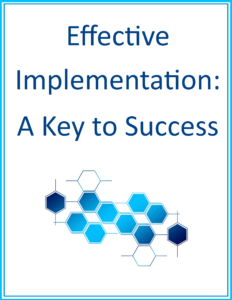 The effective implementation of a material is as critical to student success as the material’s alignment to standards. Learning List’s editorial reviews empower districts with information they need to not only to select materials but also to implement materials more effectively. They provide a qualitative analysis of each material’s instructional content and design. They point out the critical components of the product and the value each provides in the instructional process. They highlight the supports available for teachers and point out deficits in the material’s offerings.
The effective implementation of a material is as critical to student success as the material’s alignment to standards. Learning List’s editorial reviews empower districts with information they need to not only to select materials but also to implement materials more effectively. They provide a qualitative analysis of each material’s instructional content and design. They point out the critical components of the product and the value each provides in the instructional process. They highlight the supports available for teachers and point out deficits in the material’s offerings.
For example, the editorial reviews explain whether teacher resources include background in content and pedagogy, provide pacing information and/or lesson plans, and offer guidance in differentiating instruction. They explain the professional development opportunities in the material and note when a product contains additional supports for novice teachers, such as comprehensive discussions of the required content knowledge and pedagogy, and detailed lesson plans to support instruction.
Learning List’s alignment reports guide educators in their selection and use of standards-aligned materials. Our editorial reviews help educators understand the intended use and instructional components of each product so they can implement the product effectively. Together, these reviews empower educators to choose and use materials to fuel their students’ success.
A recent example of implementation gone wrong … and how reading our reviews could have lead to success!
An assistant superintendent of a subscribing district called to let us know that her high school math teachers believed that our reviews of a particular material were too generous to a publisher by failing to mention the material’s lack of rigor. They felt the material did not provide practice exercises necessary to allow students to develop mathematical proficiency.
Rigor is an attribute we review materials for both in our alignment methodology and in the editorial review. So, after the call, we reviewed our alignment reports and editorial reports for each applicable grade level.
Our alignment reports revealed the following information about the material:
- The material was aligned to a high percentage of the relevant state standards, meaning that we found at least one aligned citation for the majority of standards in each grade level. [Read more…]
Read more

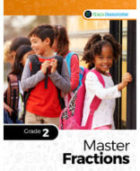
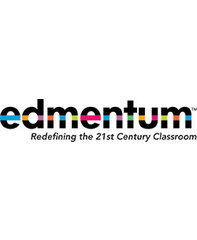
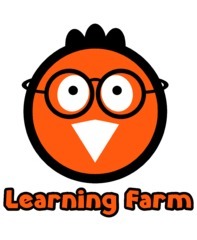

 Educators and publishers often use the terms “standards,” “curriculum” and/or “instructional materials” interchangeably. Moreover, many educators consider their instructional materials to be their curriculum. However, each of these terms represents a distinct component of an educational program. In the sections that follow, we provide explanations of each of these terms to differentiate their meanings in the context of PreK-12 education.
Educators and publishers often use the terms “standards,” “curriculum” and/or “instructional materials” interchangeably. Moreover, many educators consider their instructional materials to be their curriculum. However, each of these terms represents a distinct component of an educational program. In the sections that follow, we provide explanations of each of these terms to differentiate their meanings in the context of PreK-12 education.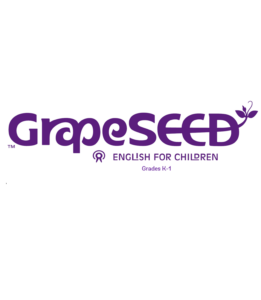
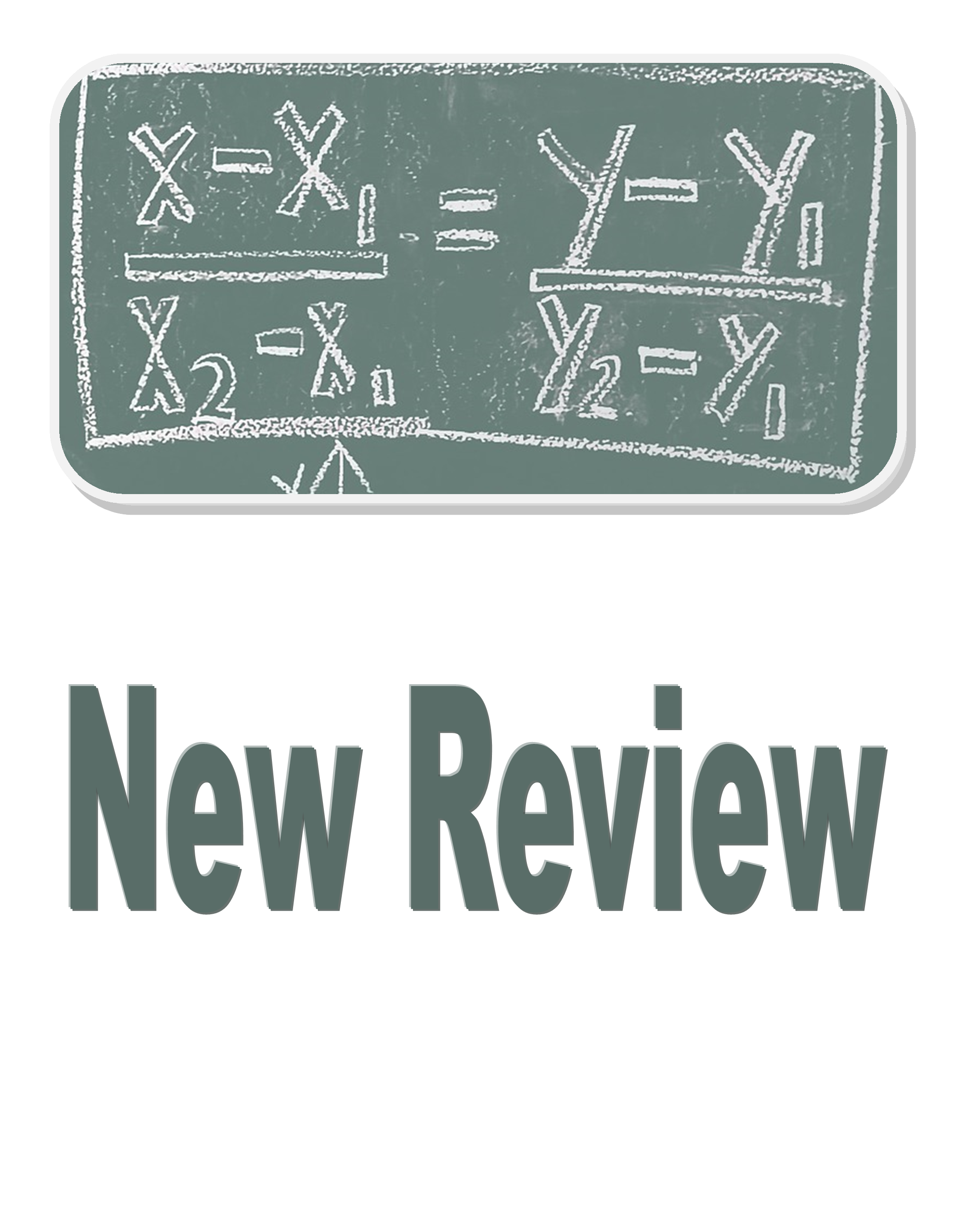
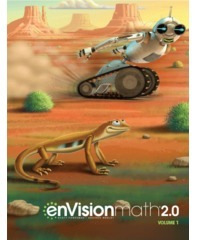
 The effective implementation of a material is as critical to student success as the material’s alignment to standards.
The effective implementation of a material is as critical to student success as the material’s alignment to standards.